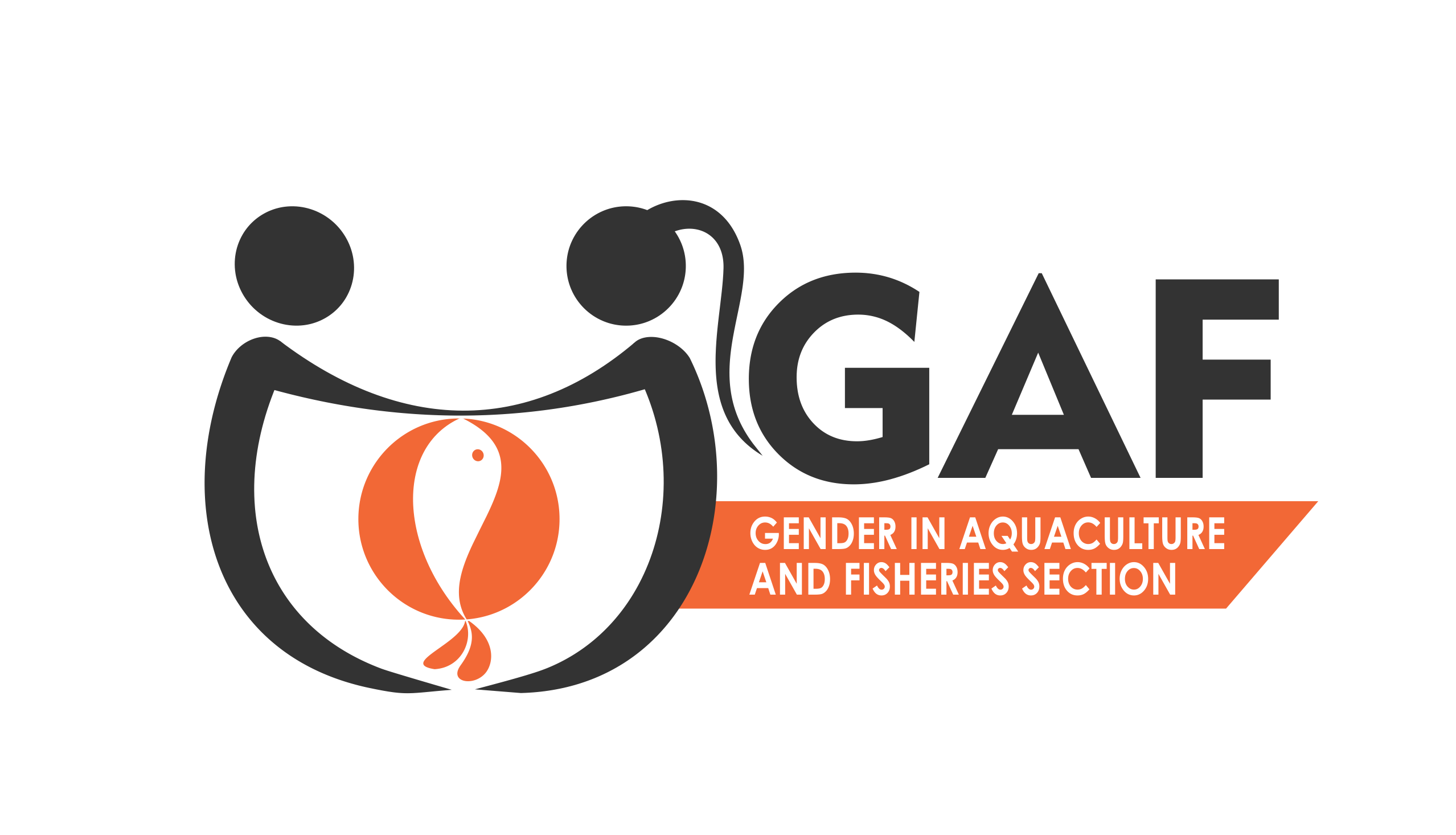Are Plastics Reinforcing Gender Barriers in Fisheries? Exploring a Research Agenda
Plastics in fisheries are largely synonymous with fishing gear, and consequently, abandoned, lost or otherwise discarded fishing gear (ALDFG), including nets, lines, etc., is the largest contributor to seabased sources of marine plastic debris. Since men are dominant in the harvest sector and use boats and gear composed of plastics, loss of gear, especially large nets, is seen to affect them economically.












































































































































































































